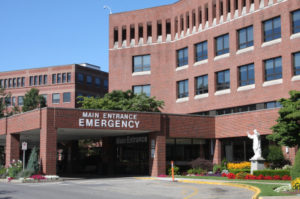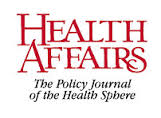CMS Finalizes Medicaid DSH Cuts
The Centers for Medicare & Medicaid Services (CMS) has issued a final Medicaid disproportionate share (Medicaid DSH) regulation that cuts federal spending on Medicaid DSH $500 million in FY 2014 and $600 million in FY 2015.
The Medicaid DSH cuts were mandated by the Affordable Care Act in anticipation of every state expanding its Medicaid program. The reform law’s Medicaid expansion mandate was later made optional by a Supreme Court ruling.
Medicaid DSH cuts will hurt all Pennsylvania safety-net hospitals, and the Safety-Net Association of Pennsylvania (SNAP) has conveyed its opposition to the cuts to CMS and also has asked members of Pennsylvania’s congressional delegation to support current legislation to delay the implementation of both Medicaid DSH and Medicare DSH cuts for two years.
While the Affordable Care Act calls for Medicaid DSH cuts through 2020, the new regulation covers only two years. CMS has indicated that it will review its reduction methodology for future years.
Read more about the Medicaid DSH cut, why it was made, the objections to it, and future Medicaid DSH cuts in this CQ Healthbeat article presented by the Commonwealth Fund.





